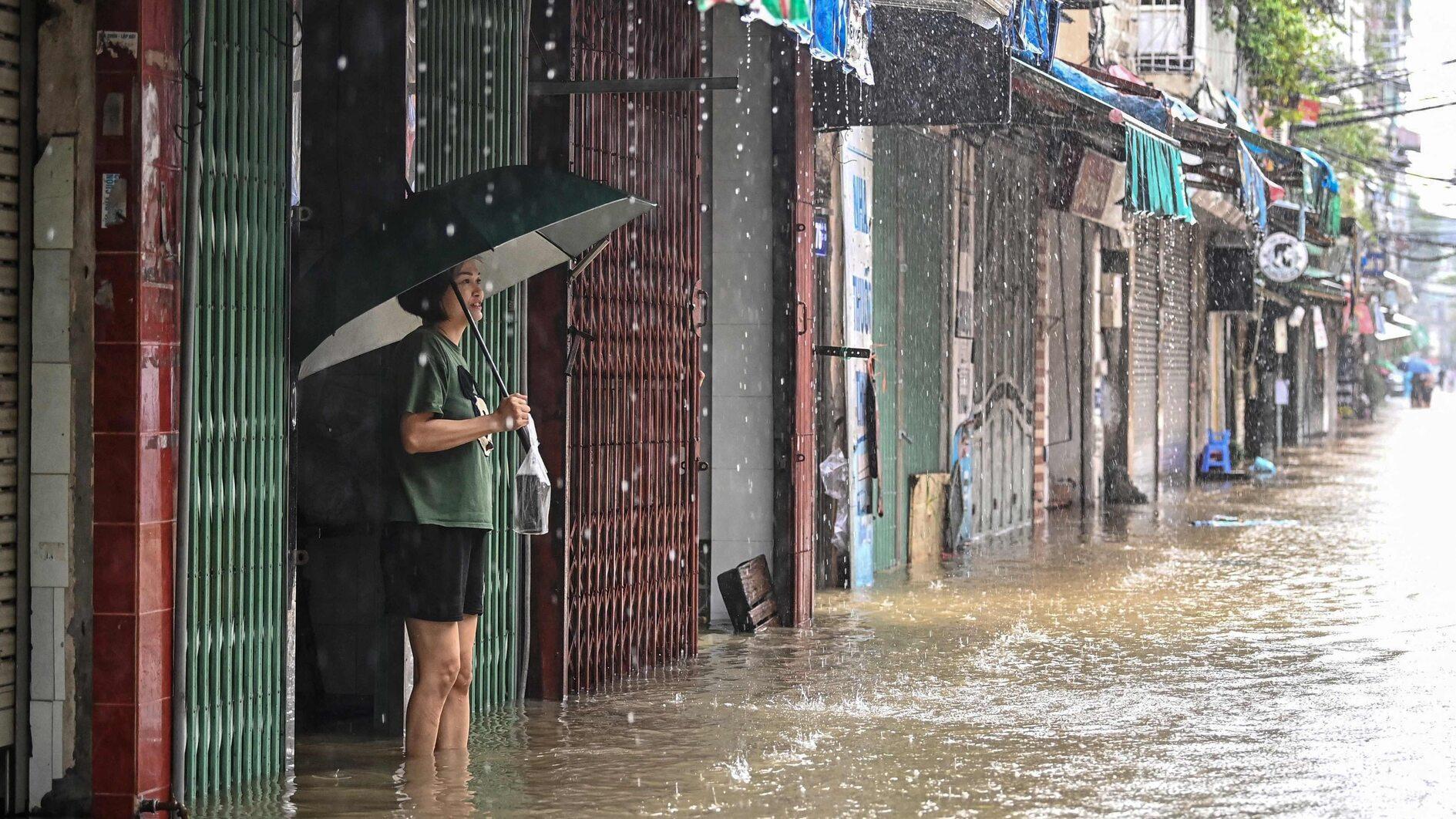UN revises down likelihood of La Nina
GENEVA

The United Nations on Wednesday said the probability of the cooling La Nina weather phenomenon appearing this year had decreased slightly since June.
There is now a 55-percent chance of La Nina conditions emerging between September and November, and a 60-percent chance between October and next February, the U.N.'s World Meteorological Organization (WMO) said in its latest update.
In its previous update on the phenomenon published in June, WMO had estimated the likelihood of La Nina taking hold at 60 percent between July and September and at 70 percent between August and November.
It had at the time voiced hope the return of La Nina would help lower temperatures somewhat after months of global heat records, fueled in part by La Nina's opposite number, the warming El Nino weather pattern, which gripped the planet for a year from June 2023.
"Since June 2023 we have seen an extended streak of exceptional global land and sea surface temperature," WMO chief Celeste Saulo said in a statement.
"Even if a short-term cooling La Nina event does emerge, it will not change the long-term trajectory of rising global temperatures due to heat-trapping greenhouse gases in the atmosphere," she warned.
La Nina refers to a naturally-occurring climate phenomenon that cools the ocean surface temperatures in large swathes of the tropical Pacific Ocean, coupled with winds, rains and changes in atmospheric pressure.
In many locations, especially in the tropics, La Nina produces the opposite climate impacts to El Nino, which heats up the surface of the oceans, leading to drought in some parts of the world and triggering heavy downpours elsewhere.
















